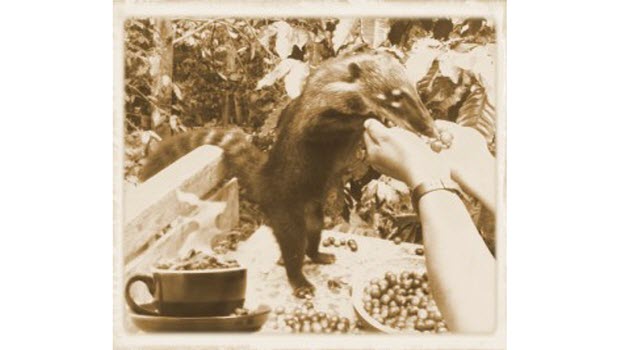
Peru growers harness mammal’s digestive tract to strip bitter-taste from very costly coffee beans
Reuters reports that two Peruvian coffee producers — Cecovasa and Chanchamayo Highland Coffee Co. — are now making one of the most expensive coffees in the world by retrieving arabica beans from the dung of a long-nosed jungle mammal called the coati, a tropical cousin of the raccoon.
The process copies a rare technique from Indonesia, where the beans are fished out from the poo of a different animal, a cat-like creature called the Asian palm civet.
Coffee connoisseurs reportedly are paying anywhere from $20 to $65 for a cup of the exotic Peruvian brew, described as “less bitter and more full-bodied than most coffees, and with an unusually long aftertaste.”
Now, for anyone out there inclined to suggest that Peru’s use of this rare coffee producing technique amounts to an unfair knockoff of the original Indonesian dung coffee, I would argue that this actually represents an evening of a historical score.
In the 1630s, Jesuit priests took bark from the Peruvian cinchona tree — the original source of quinine — back to Europe, where it was hailed as a miracle cure for malaria.
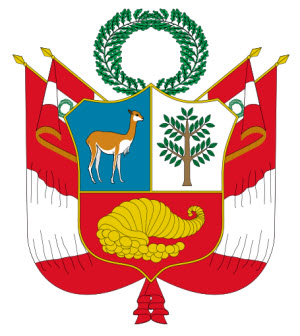
In 1825, Simón Bolívar and the Constituent Congress added the cinchona tree as a symbol on Peru’s national coat of arms, along with the vicuña and a gold cornucopia. Today the tree remains part of the centerpiece of Peru’s flag — a constant reminder of Peru’s unrewarded contribution to one of the most important breakthroughs in medical history.
Something to ponder while sipping a piping hot mug of coati coffee.
If you like this post, please remember to share on Facebook, Twitter or Google+
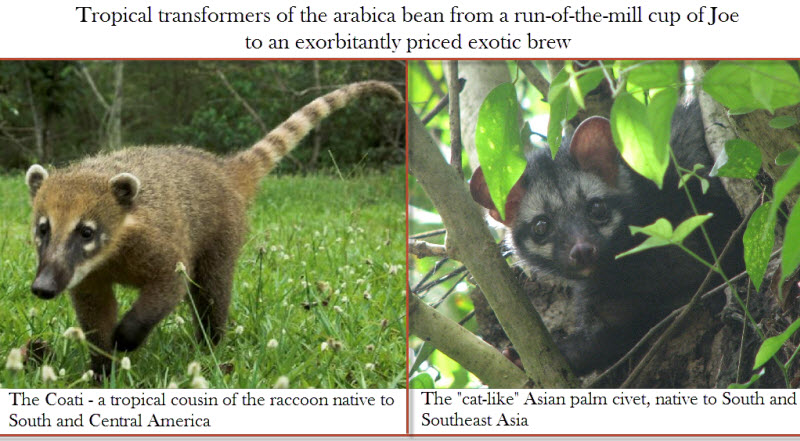
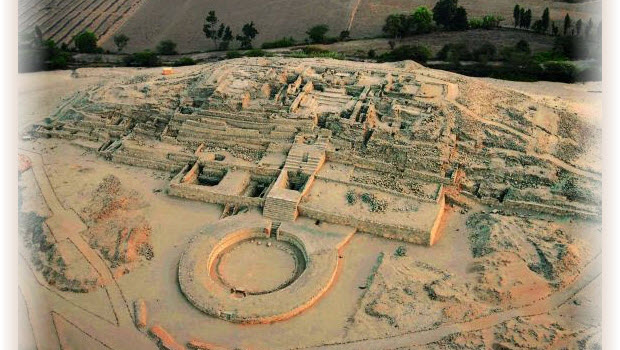 Celebrations marking discovery of Ancient site of Caral
Celebrations marking discovery of Ancient site of Caral 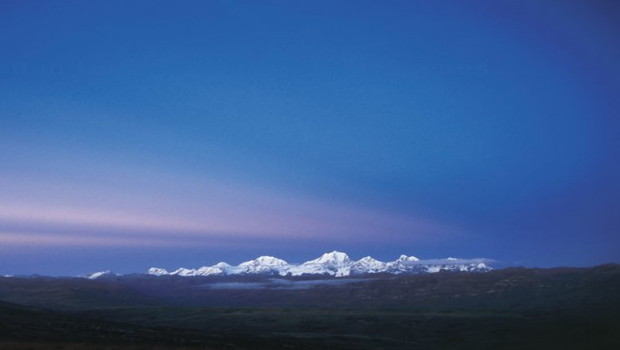 Podcast: Conservationist, Author & Photographer Jim Bartle on his new book ‘Peru in Images’
Podcast: Conservationist, Author & Photographer Jim Bartle on his new book ‘Peru in Images’ 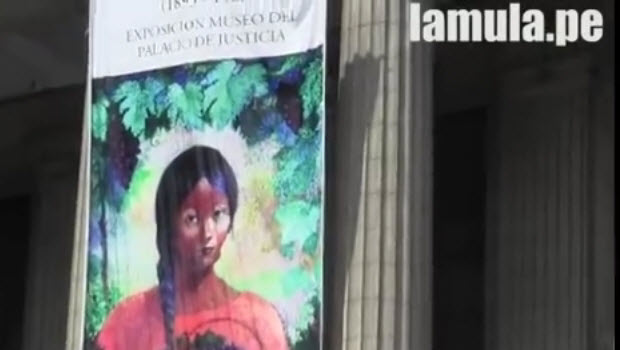 Peru’s Justice Palace exhibits fake Ricardo Florez paintings – artist’s daughter charges
Peru’s Justice Palace exhibits fake Ricardo Florez paintings – artist’s daughter charges 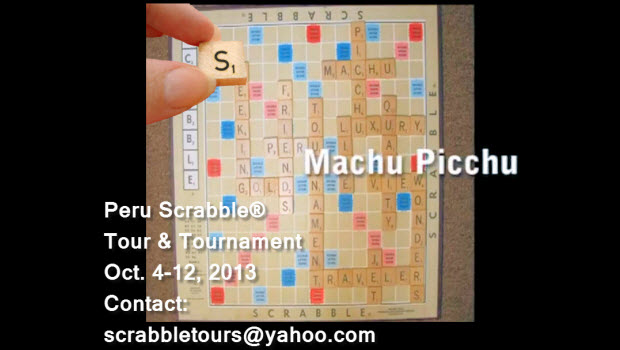 Peru Scrabble® Tour & Tournament Oct. 4 – 12, 2013
Peru Scrabble® Tour & Tournament Oct. 4 – 12, 2013 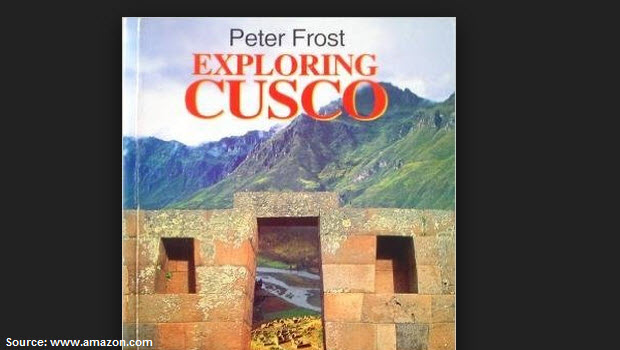 Exploring Cusco – A great introduction to Inca sites
Exploring Cusco – A great introduction to Inca sites 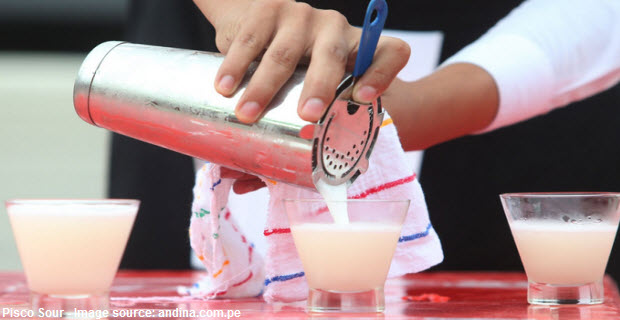 Traditional Pisco Sour Peruvian Cocktail Recipe
Traditional Pisco Sour Peruvian Cocktail Recipe 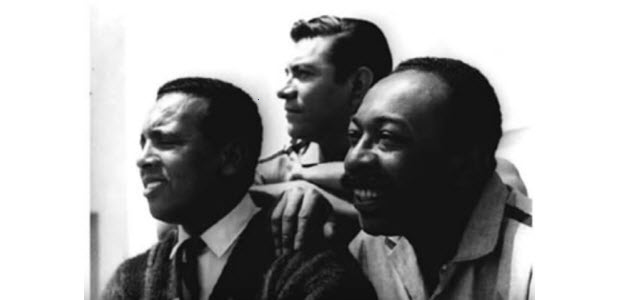 The Day of Afro-Peruvian Culture: June 4
The Day of Afro-Peruvian Culture: June 4 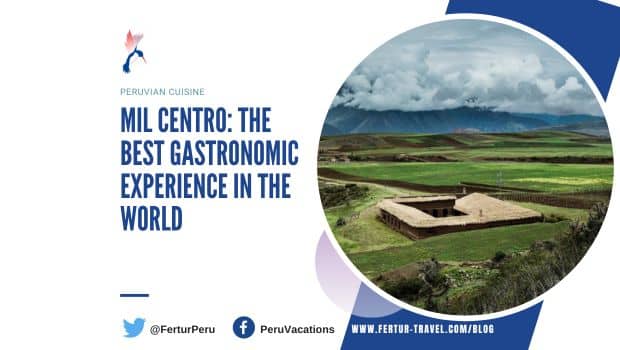 Mil Centro: The Best Gastronomic Experience in the World
Mil Centro: The Best Gastronomic Experience in the World